WHAT IS PHOTOJOURNALISM
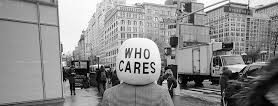
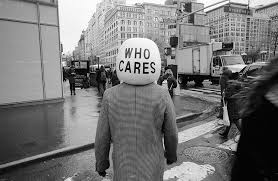
Copyright © 2016 David J. Carol. All rights reserved.
According to the Merriam Webster Dictionary, the word photojournalism is the act of using photos to share news stories in magazines and periodicals, but I, along with many others, believe it should be described as an art. I say this because the ability to capture a single moment in time that could change the way people see the world (possibly forever) is a mixture of sheer dumb luck and a keen eye for the decisive moment. In this sense, photojournalism is quite similar to documentary photography and street photography, but speed and currency have become key factors in most if not all photo-journalistic cases.
As far as how photojournalists make a living (which my mother throws in my face almost daily) varies between clients that may want to hire a particular photographer to go on assignments for his/her company, or companies that would just so happen to want to feature that photographer’s work (kind of like a freelance photographer). The photographer I would like to bring up is Robert Capa, who back in 1938 had one of his photos grace the cover of LIFE magazine with a caption reading “A DEFENDER OF CHINA” on the bottom-left corner. As a war photographer, he caught so much trauma that it seems to me his photos may have meant his whole life if not, more.
A photo agency is a company that collects photos along with their stories and distributes them to news and media outlets. The NPPA is the most well-known photo-journalistic agency. The annual cost of membership would either be $110.00/yr or $65.00/yr depending on whether you are currently a student. Joining something like this is a very important step for photographers and photojournalists because it can help further improve your ethic skills when dealing with clients, improve your own style of photography, and make a name for yourself as you might find it easier to find a job with several different companies. Three other popular photo agencies include The Associated Press, the British Journal of Photography, and Stock Photo Agencies.
Photojournalism started in Germany, 1925. When the 35mm camera came into play, it was a lot easier to take pictures of real life rather than the “CHEESE!” photography we have all grown accustomed to despite this. During the 1920’s and through the 1930’s, the “golden age” of photojournalism had set fight. Walker Evans, Dorthea Lange, and Gordon Parks are considered to be the three greats of the “golden age” for their style, vision, and stories that came with the photos. Many magazines came to benefit from the photos and photo-journalistic viewpoints that were being published. This had set the standard for photojournalism for the next 30 years.
Where LightBox is a pretty well-known contemporary online source for photos, my favorite contemporary photojournalist is currently David J. Carol. Where his focus is pretty much humanity, he doesn’t tend to place as much focus on the person he may be photographing that day, or any day really. The finds clever ways to cover up the subject’s face or not really make it a priority as much as what surrounds that person, what they are doing, or what’s going on in the world next to/behind that person. While his photos are almost all black and white, I like to dabble in both black and white and colored photographs depending on the photo. I liked the concept I saw in Carol’s People and Street photo albums where he focuses on humanity, but not the human. It sparked a lot of interest in me as a photographer.
David J. Carol. www.davidcarol.com/people/
Kratochvil, A., & Presson, M. (2001, September 15). Photojournalism and Documentary Photography. Retrieved from http://niemanreports.org/articles/photojournalism-and-documentary-photography/
Stoval, J. G. (n.d.). Journalism Who, What, When, Where, Why and How (Magazines and Photojournalism’s Golden Age). Retrieved from http://www.ablongman.com/stovall1e/chap05/05goldagephotog.html


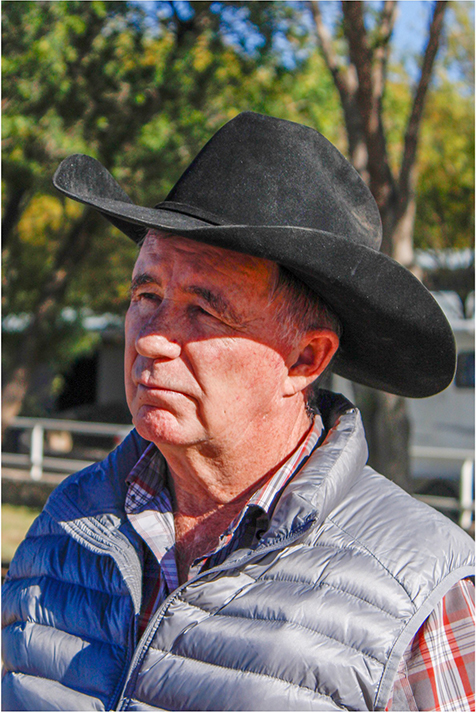
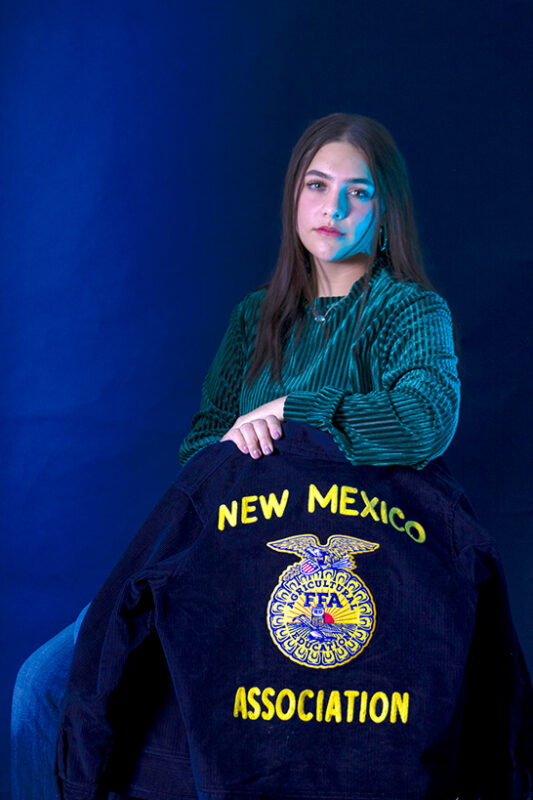
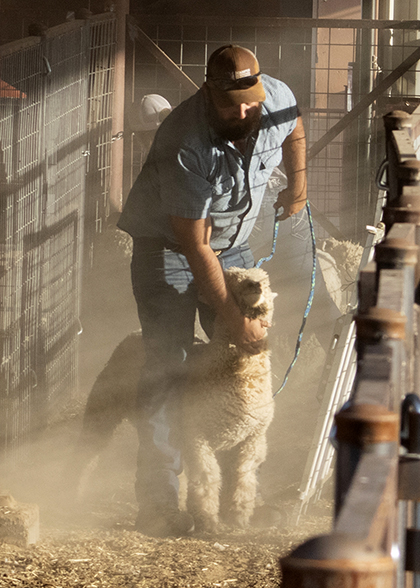
Well done. We’ll talk. I think you have a good overview of the industry.